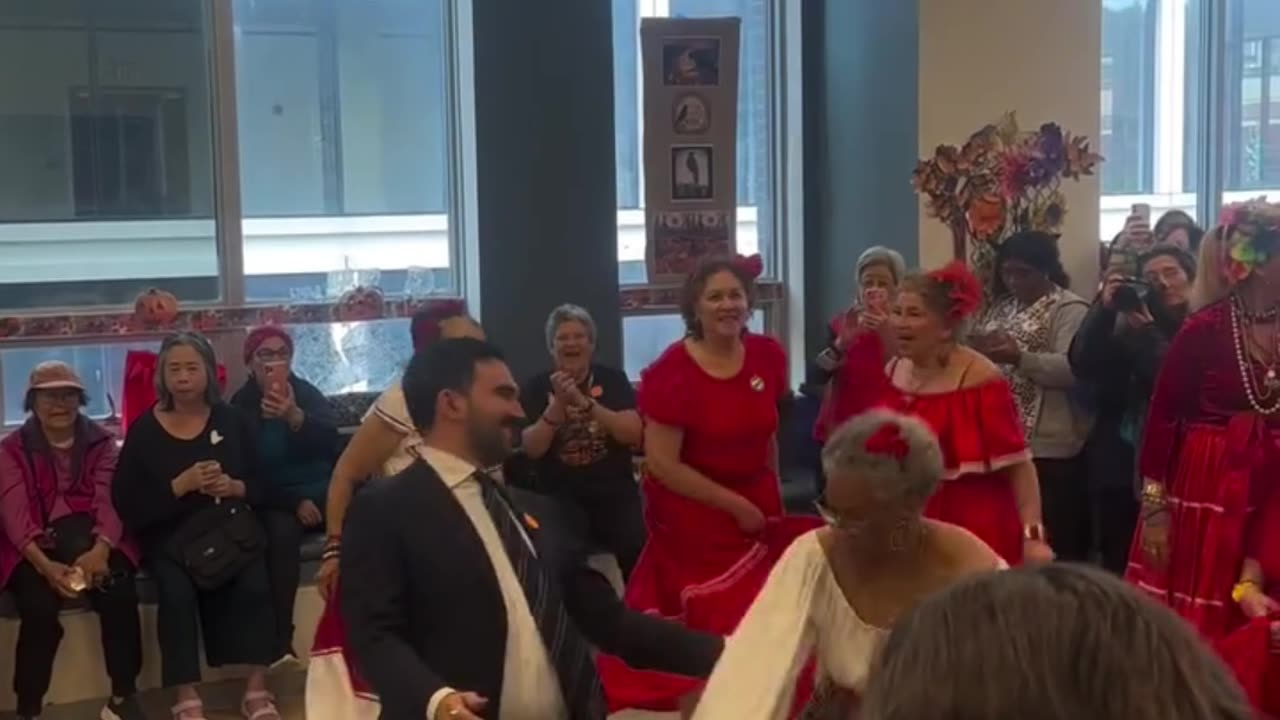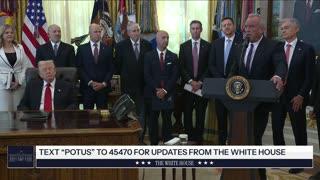Premium Only Content

Zohran Mamdani: The New Face of Progressivism: Less Results, More Choreography
Zohran Mamdani, the State Assemblyman from New York and Democratic nominee for New York City Mayor, is making headlines — but not strictly for policy achievements. Mamdani, running on a platform of sweeping progressive reforms, has become emblematic of a trend in modern liberal politics: style and symbolism taking precedence over tangible results and proven record.
While his campaign promises are ambitious — including free public transit, a rent freeze, and a radical restructuring of public safety — critics argue the real issue isn’t just what he is promising, but how his candidacy is being managed: massive rallies, choreographed events, and social-media-friendly gestures that look more like performance than governance.
Ambitions vs. Accomplishments
Mamdani’s rise has been rapid. Polls show him leading the mayoral race and building a loyal base among progressive donors and activists. Yet, when one examines his record in the State Assembly, it becomes difficult to pinpoint major legislative victories that match his campaign rhetoric.
In the absence of substantial precedents, what fills the gap is spectacle: large-scale staged events, highly produced videos, and announcements that read better as headlines than as policy blueprints. For a city as complex as New York, critics say, governing requires more than rallies. It requires results. It requires stability. And, above all, it requires capability.
Choreographed Politics: The Signs
This new brand of progressive campaigning reveals itself through several unmistakable traits:
Mass rallies and visuals over detailed policy rollout. Campaign footage highlights thousands of supporters chanting, drums beating, and celebrity endorsements — yet detailed cost analyses of his proposals remain vague.
Symbolism of transformation. The campaign’s messaging revolves around “movement politics” and representing “working people,” but the transition from symbolism to effective governance remains untested.
Minimal engagement in open debates. Mamdani has avoided unscripted or unsanctioned televised debates, preferring controlled appearances that protect his image but limit real scrutiny.
These patterns suggest that the campaign’s main priority is not policymaking, but image-making — aligning with a broader progressive brand rather than building a tangible track record of results.
Why Conservatives Should Pay Attention
From a Republican and results-oriented perspective, the rise of this style of politics poses several concerns:
Substance over spectacle. Governance is about passing laws, balancing budgets, and managing public services. Symbolism cannot replace operational competence.
Accountability. When a campaign prioritizes optics and momentum over concrete deliverables, it becomes difficult for voters to hold the candidate accountable once in office.
Fiscal realism. Many of Mamdani’s proposals — free transit, rent freezes, and expanded social programs — would require billions in additional spending. Yet, there is little clarity on how these would be funded or executed.
Reform vs. disruption. While reform is necessary, reckless restructuring without clear planning risks destabilizing essential services like public safety, transportation, and housing — often hurting the very people progressives claim to help.
Conclusion: The Real Metric of Leadership
If elected, Zohran Mamdani will inherit one of the world’s most complex urban governments — a city with multibillion-dollar budgets, diverse communities, and immense logistical challenges. Success will not come from choreographed rallies or viral social media moments, but from the daily discipline of competent governance.
Progressive movements often promise transformation, but Republicans emphasize transformation that works. The spectacle may be appealing, but when the applause fades, what must remain are policies, performance, and promises kept.
In the end, the race in New York is not simply left versus right — it’s governing versus grandstanding. And for New Yorkers, and indeed for the nation, learning to tell the difference has never been more important.
-
 2:03:04
2:03:04
MattMorseTV
4 hours ago $0.54 earned🔴Trump’s EMERGENCY Oval Office ANNOUNCEMENT.🔴
58.3K60 -
 LIVE
LIVE
GrimmHollywood
5 hours ago🔴LIVE • GRIMM HOLLYWOOD and BIG TALL REDNECK • 3K 3XL TAKEDOWN • PGA • BF6 REDSEC • ARC RAIDERS
62 watching -
 3:11:27
3:11:27
Right Side Broadcasting Network
18 hours agoLIVE REPLAY: President Trump Makes an Announcement - 11/6/25
144K55 -
 1:04:07
1:04:07
The Rubin Report
4 hours agoZohran Mamdani Humiliates Himself by Breaking His First Promise Only 24 Hours After His Win
83.9K141 -
 1:04
1:04
Steven Crowder
3 hours agoTEASER: Deport All Illegals | Change My Mind
146K520 -
 LIVE
LIVE
Barry Cunningham
17 hours agoBREAKING NEWS: PRESIDENT TRUMP MAKES AN ANNOUNCEMENT!
1,021 watching -
 53:52
53:52
The White House
5 hours agoPresident Trump Makes an Announcement, Nov. 6, 2025
28.7K46 -
 1:02:55
1:02:55
VINCE
5 hours agoThey're Coming For You Next | Episode 163 - VINCE 11/06/25
242K374 -
 1:42:05
1:42:05
Graham Allen
6 hours agoTrump And Vance Show The Path For Winning!!! WE MUST FIGHT! + Erika Kirk Reveals All!
150K43 -
 3:22:02
3:22:02
LadyDesireeMusic
5 hours ago $0.05 earnedLive Piano & Convo - Rumble Rants and Sub Request
54.1K4